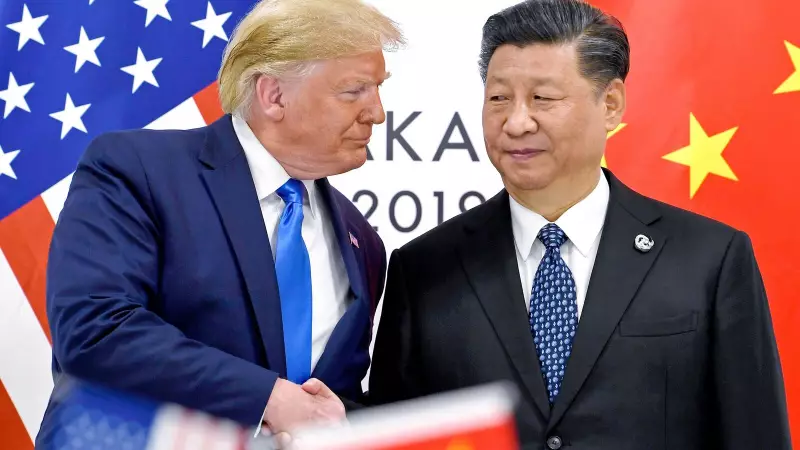
In a significant development that could reshape global trade dynamics, top United States and Chinese negotiators have successfully established a framework agreement, marking a crucial breakthrough in their ongoing trade discussions. This progress comes at a critical moment, just days before Beijing's planned implementation of substantial 157% tariffs.
Last-Minute Diplomatic Victory
The framework represents the most substantial progress in US-China trade relations in recent months, potentially averting another escalation in the long-standing trade dispute between the world's two largest economies. Sources close to the negotiations indicate that both sides have moved significantly from their initial positions to reach this preliminary understanding.
Timing Is Everything
What makes this development particularly noteworthy is the timing. The breakthrough emerged mere days before China was scheduled to impose sweeping 157% tariffs on various US imports. This looming deadline had created considerable tension in international markets and among business communities dependent on stable US-China trade relations.
Key Negotiation Highlights
- Framework agreement covers multiple trade sectors
- Both sides showing flexibility in negotiations
- Agreement reached at highest negotiation levels
- Potential to prevent further tariff escalations
Market Implications
While specific details of the framework remain confidential, financial markets are already responding positively to the news. Analysts suggest that this development could stabilize global supply chains that have been disrupted by previous trade tensions between the economic superpowers.
The Road Ahead
Although this framework agreement represents a major step forward, experts caution that several details still need to be finalized before a comprehensive trade deal can be officially signed. Both nations continue to navigate complex economic and political considerations as they work toward a lasting resolution.
The coming days will be crucial as technical teams from both countries work to translate this framework into concrete agreements that address longstanding trade concerns while balancing the economic interests of both nations.





